Despite being the most widely available retinoid, retinol has always been a very inconsistent experience for me. Some formulas with 0.5% retinol would give me more skin irritation than prescription tretinoin whilst others with 1% retinol in their formulas give me almost no side-effects. The marketing around this ingredient is also seriously confusing. There are “plant-based,” “encapsulated,” “non-irritating,” retinols, and some come with unreasonably high concentrations (label claims of over 2%). Since retinoids are a long-term skin-vestment, I’m not going to mess around.
I had the opportunity to chat with Neutrogena’s R&D and wizards of science about the brand’s Rapid Wrinkle Repair Regenerating Cream. They have a long history with retinoids – 25 years ago, Neutrogena scientists developed the first stabilized OTC retinol in the US, which was part of their Healthy Skin Line. Their parent company, Johnson & Johnson also launched prescription retinoid Renova (tretinoin) in 1996, which was the first approved treatment for wrinkles. Since they’ve been studying retinoids for decades with more than 100 clinical studies on over 5,000 patients, I figured they would be a good source for all my questions.
What I learned was both fascinating and unnerving.
Don’t Pick Your Retinol Solely on Percentage
We are constantly told that the most important consideration in selecting a retinol is the percentage. Neutrogena’s data has convinced me that the percentage strength actually means very little. Given my own conflicting experiences, this doesn’t come as a surprise. We are made to assume that more retinol is better, but in fact, it is possible to create a formula that uses less retinol, which is as effective as a higher concentration. So if the percentage retinol in a formula is not an indicator of how effectively it will perform on the skin, then what is?
Stability + Activity
Retinol is highly unstable, and is not an OTC monograph ingredient. This means it is not required by law to ensure that if 0.5% of retinol is put into a formula, that 0.5% of retinol will remain stable through its entire shelf-life. In many cases, the retinol can degrade immediately.
However, stability isn’t the only consideration. The retinol then also needs to be fully active in the skin and be able to get where it needs to go in our skin to work. Something else a label claim also can’t tell you.
I was shown a mind-blowing chart comparing the different retinol treatments available, which included mass market and prestige brands, all tested using laboratory models. Some results actually showed zero activity! I should also mention that there were imitator formulas that had identical INCI lists as their “imitated” originals. Some of the imitators performed drastically differently in comparison with the original formulas, and not in a good way. Again, this just goes to prove that an INCI list tells you very little about how well a formula performs.
Some of the prestige products in this study which claimed higher levels of retinol in their formulas, did deliver, but still not as much as you’d expect based on the level of retinol. This makes me wonder if the higher concentrations are needed in order to make sure some of it will be active. But also, when a formula claims to be non-irritating, perhaps it’s because the retinol is no longer active. As someone with a self-diagnosed phobia of unstable skincare, this newfound knowledge left me with a series of pressing questions for Neutrogena:
How can we know if the retinol formulation in a product is stable and active?
Unfortunately, packaging claims don’t come with a disclaimer stating that the 1% retinol may be degraded by the time you put it on your face. So the only thing we, as consumers can do, is look to see if the formula has been clinically tested. If so, were there good results from the studies? Try to determine if the formula isn’t just a bunch of ingredients thrown together just because those ingredients have known facts to support them or if there were actual trials done with the formula. Look for clinical studies like those conducted by Neutrogena, many of which are publicly available in medical or scientific journals.
You could also just stick with retinols from brands that you know and trust. For me, given the time investment which they require, I would rather be sure.
What is Accelerated Retinol SA?
The biggest concern that exists with retinoid formulas is the potential for side effects which include irritation, dryness and redness. Again, more is not always better – with more retinol, one risks the chance for more irritation, which can, in turn, lead to skin damage. Besides, it’s been well established that consistency of application at a lower concentration is as effective as slamming your face with harsher retinoids which require comparatively longer recovery periods. My own initial experience with retinol was so painful, I was completely put off and discontinued using it all together. It is important for a retinol to achieve results while managing the potential for irritation. So, instead of adding more retinol, the scientists at Neutrogena wanted to compliment the Rapid Wrinkle Repair formula with a booster ingredient that supports the retinol activity in order to get the benefits without the added irritation.
They found Hydrolyzed Myrtus Communis Leaf Extract to provide that boost. Clinical studies comparing the retinol alone and then combined with the extract, found that the anti-aging benefits were achieved faster with the booster. So, the results showed a greater speed of efficacy rather than greater improvement, hence “Accelerated Retinol SA. SA stands for “sustained action,” which is achieved through a patented blend of emollients, which helps deliver retinol slowly into the skin. This specially designed emollient combination helps to slow retinol delivery driving it into the skin at sustained-release – thus mitigating irritation.
What are the improvements?
Neutrogena scientists conducted a 1–year clinical Retinol study – far more than the standard 4 month cosmetic clinical study. This is because after 12 weeks, they saw that results were not plateauing and the improvements were continuing over time. In particular, there was wrinkle reduction and even more significant results for improved skin tone and pigmentation from just using Retinol + SPF.
The subjects in the study only used a gentle cleanser, retinol night moisturizer and an SPF for 1 year. The retinol stability is tested during and after the manufacturing of the retinol products to ensure that it remains active and stable over the course of the shelf-life.
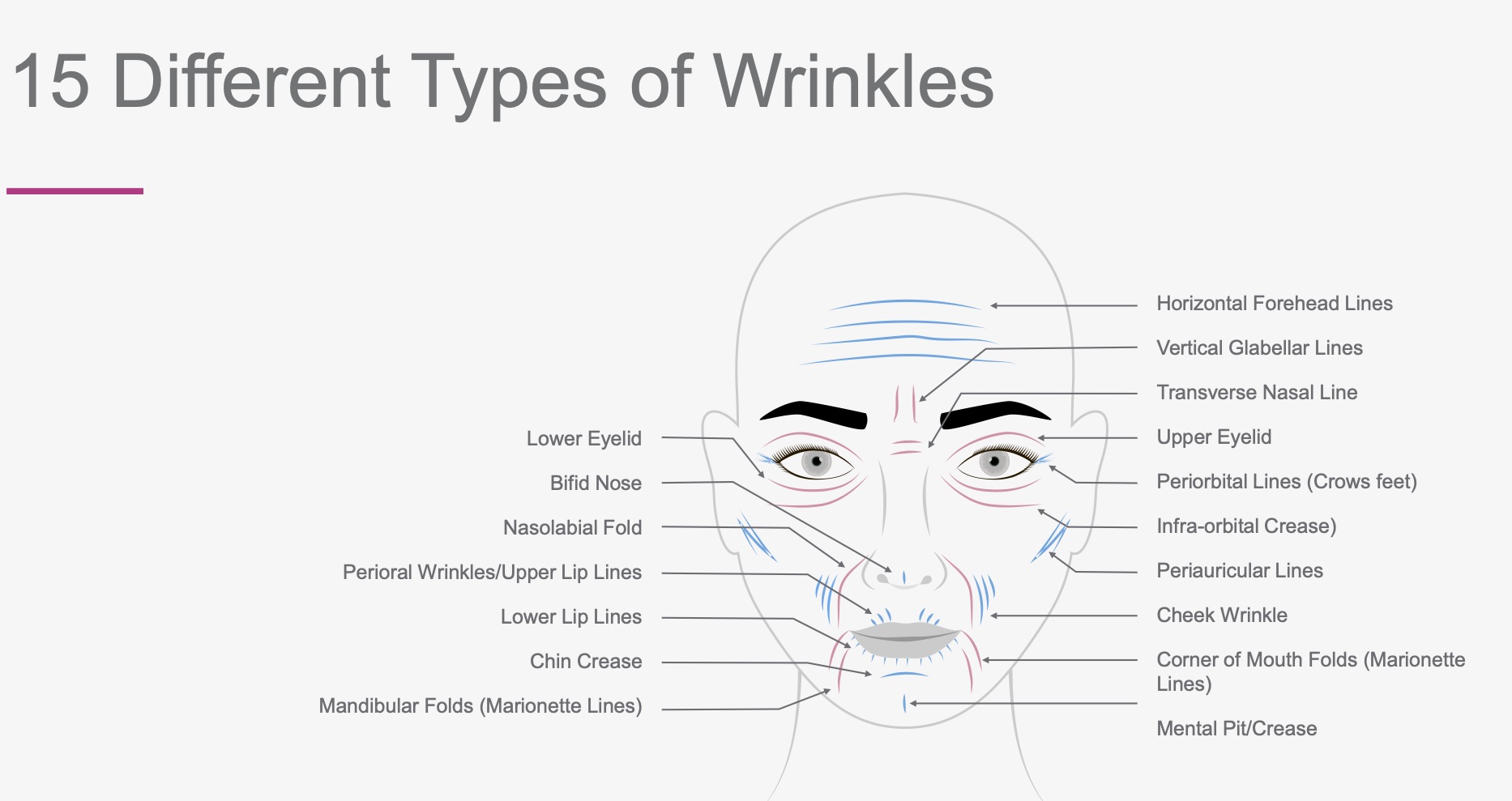
The clinical studied the effects on 15 different types of wrinkles. Yikes. A mix of wrinkles and folds were assessed.
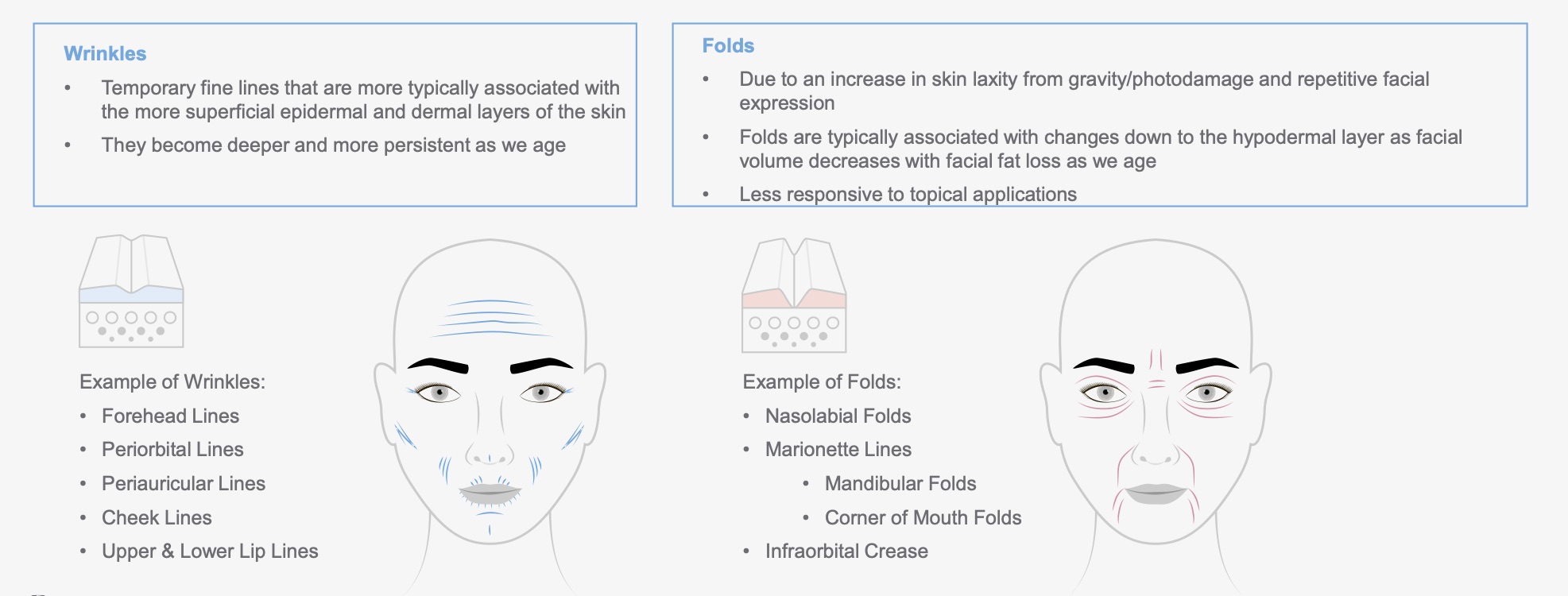
Wrinkles form as the structure of the skin degrades, and it is really hard for the skin to to build its structure back up once wrinkles have formed. After one year, the study showed a 44-45% improvement in the appearance of wrinkles – a significant and visible difference. However, the larger improvement was in tone, where there was an 84% improvement on sun spots and uneven modelling of skin. This is the result of encouraged cell turnover.
Of all their Retinol SA formulas, I personally like Neutrogena’s Rapid Wrinkle Repair Regenerating Cream (Fragrance-Free). This is a rich, moisturizing cream with a luxurious texture that’s great for drier skin types, more mature skin or drier environments. This leaves a silky finish on the skin. Since my skin has already grown accustomed to tretinoin, which is stronger than this formula, I don’t depend solely on this as my retinoid. I believe this would be a perfect introductory retinol. If you are starting your retinol journey, this is a fabulous option. It’s a step up from the Rapid Wrinkle Repair Night Moisturizer used in the clinicals – this formula has added emollients, which provide even more hydration, plumping, and moisturizing results.
However, I think the best part is the price. Retinol is often a pricey addition to a skincare routine. The Rapid Wrinkle Repair Regenerating Cream allows one to try an effective formula that is backed by extensive studies at a very reasonable price point.
Ingredients : Water, Pentaerythrityl Tetraethylhexanoate, Glycerin, Dimethicone, PPG 15 Stearyl Ether, Stearyl Alcohol, Cetearyl Alcohol, Butylene Glycol, Glyceryl Behenate, Ceteareth 20, Isohexadecane, Dimethicone Crosspolymer, Cyclopentasiloxane, Polyethylene, Sodium Polyacrylate, Phenoxyethanol, Caprylyl Glycol, Sodium Acryloyldimethyltaurate/VP Crosspolymer, Polyacrylamide, PTFE, C13-14 Isoparaf n, Chlorphenesin, Polysorbate 20, Hydrolyzed Myrtus Communis Leaf Extract, Retinol, BHT, Sodium Hyaluronate, Disodium EDTA, Sodium Hydroxide, Laureth-7, Ascorbic Acid
Price : $28.49
How To Use : This would be applied after any hydrating formulas in a multi-step evening routine. At first it’s always a good idea to use a phased-in approach with retinol. Start by using a couple of times a week and build up to every night.
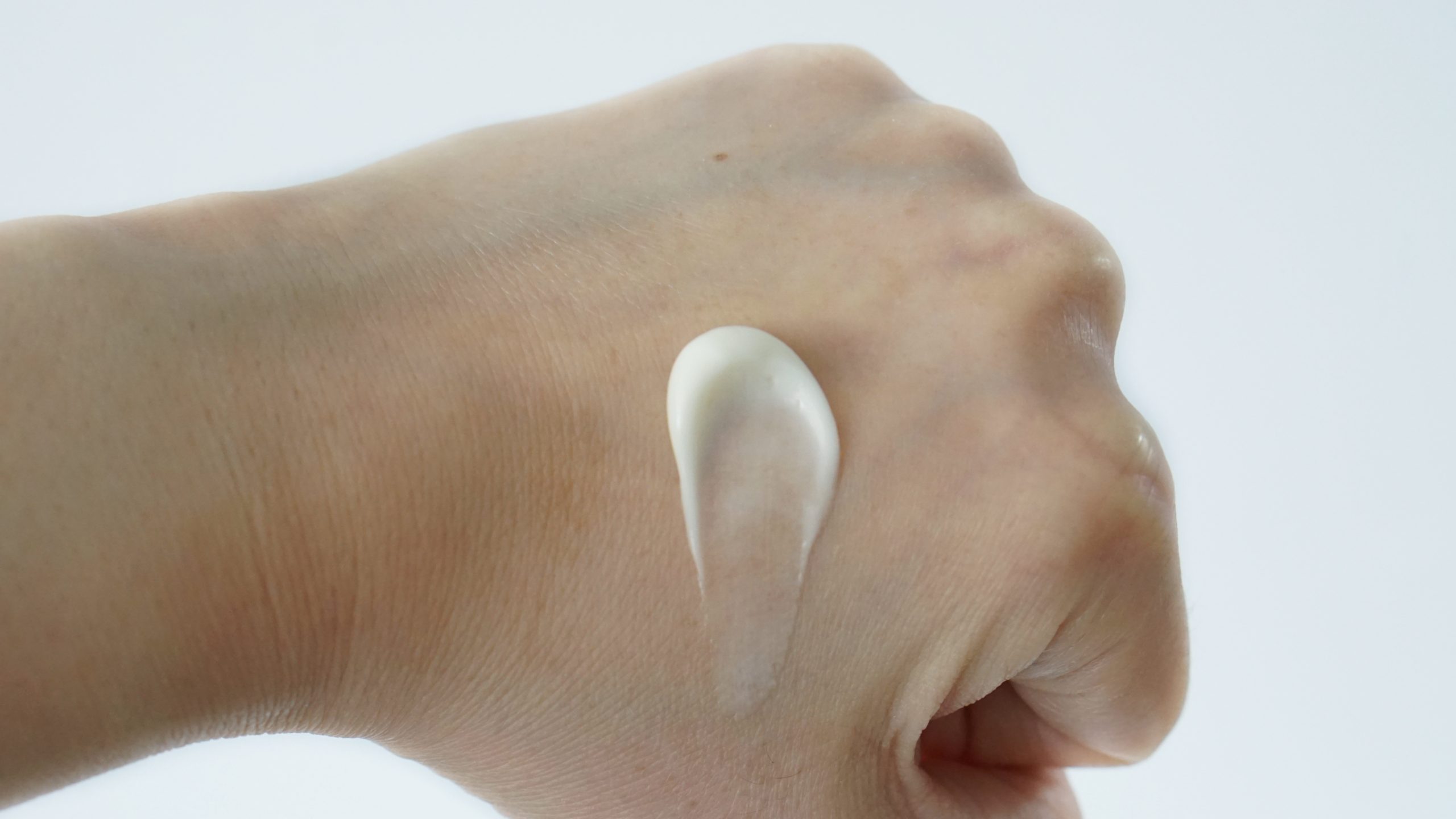
If Retinol is so unstable why is this cream in a jar?
Neutrogena explained that they have to innovate for the US mass market. Customer feedback indicated that a large number of people preferred to have their night cream in a glass jar because they want a more luxurious experience. So the innovation behind this cream was in finding a way to stabilize the retinol in a jar format with more substantive, nourishing ingredients and an elegant emollient texture. They hold a few patents around how they stabilized the retinol in a jar without any degrading over the shelf life of the formula. Even after starting use, the colour does not change, oxidize or turn yellow.
I hope you all found this informative!
Wishing you all great skin health,

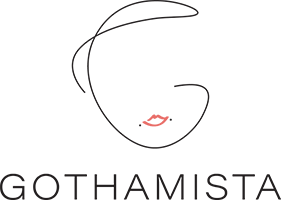
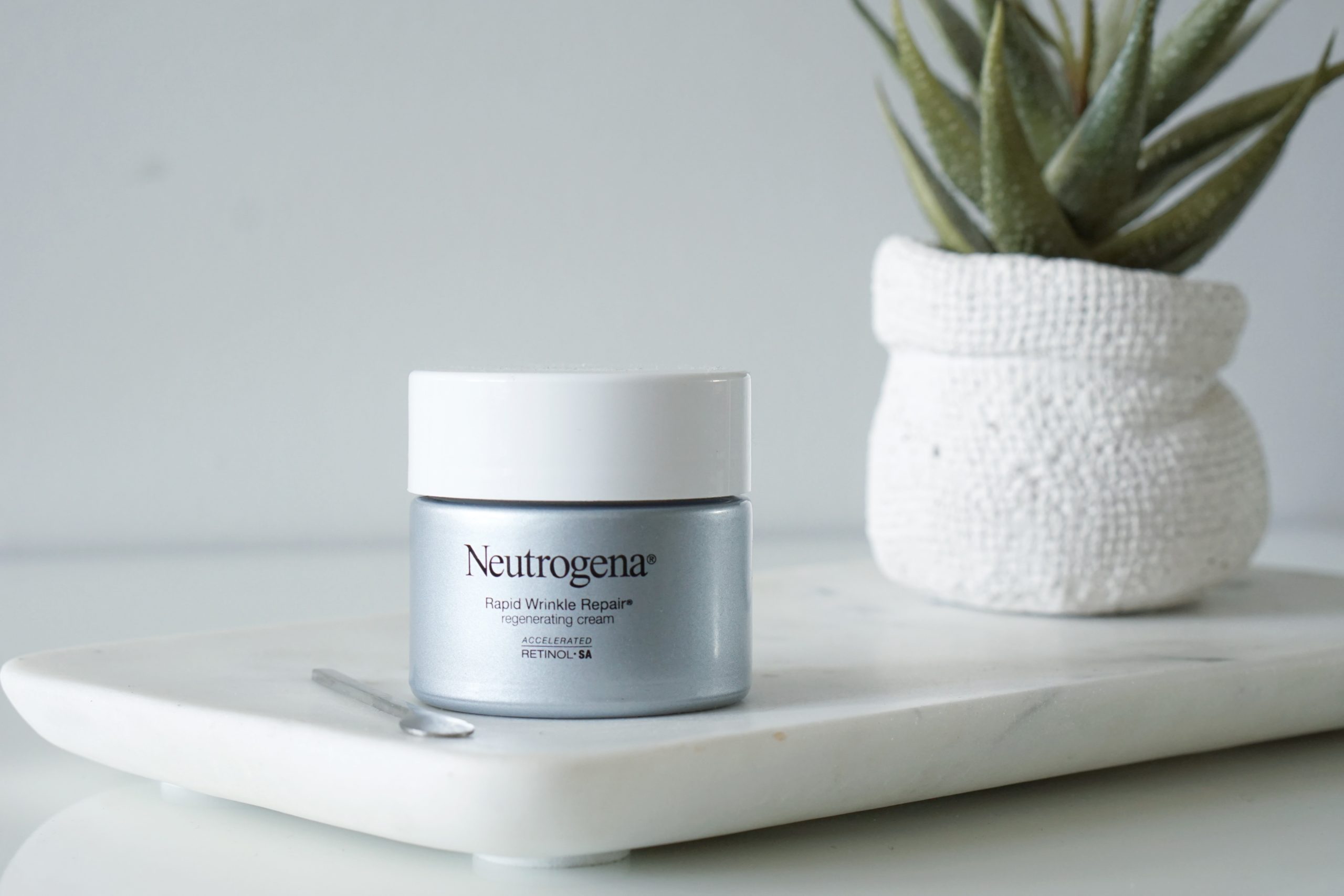
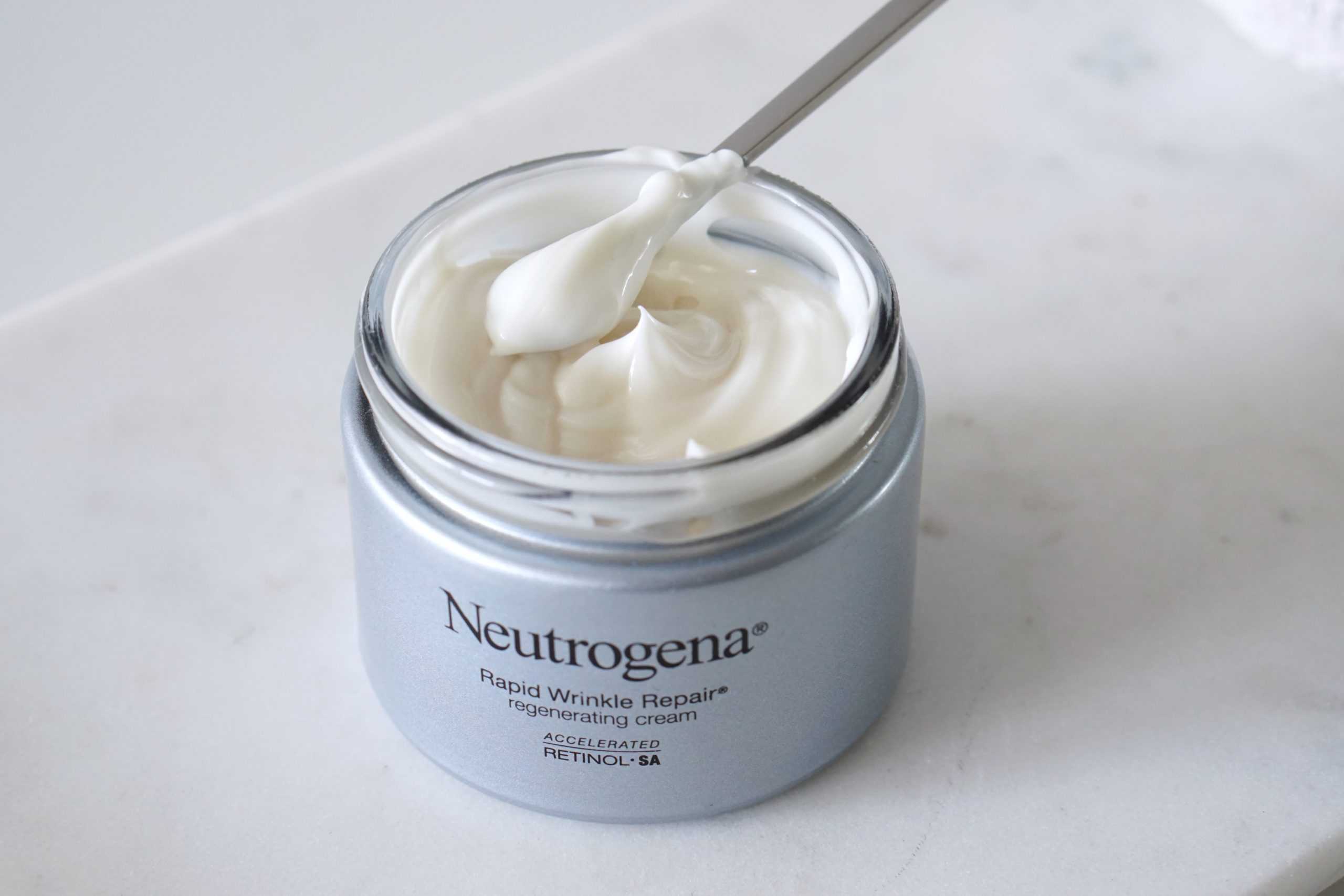

I have been using this and it breaks me out with sustained use- is this normal?
Author
Hi Dawn, it’s always difficult to tell with actives whether or not the breakout is because your skin is purging or if it’s something else. A common side-effect of using retinol is that it can cause the skin to purge.
Hi Renée – I am so glad you brought up the point about jar packaging. I really love how Neutrogena can assert that their jar packaging is perfectly stable, because they tested its efficacy on real people for a year!
Do you agree that too many people lose their mind about jar packaging? I often feel as though people like to bring up jar-related-stability issues as a way to indicate that they once googled “skincare tips.”
Anyway – love this article! Thank you for posting. I can’t wait to try this product!
Hi Renée! was so excited to see a new blog post today 🙂 thank you for sharing all of this with us. It is so helpful and such an enjoyable, relaxing learning experience.
I am wondering if it might be possible for you to review 100% Pure’s Potent PM Serum? I would love to hear your thoughts.
I am also wondering if you have any further insight into skin purging with retinol use…particularly around whether its possible to experience purging after a month of using the same retinol?